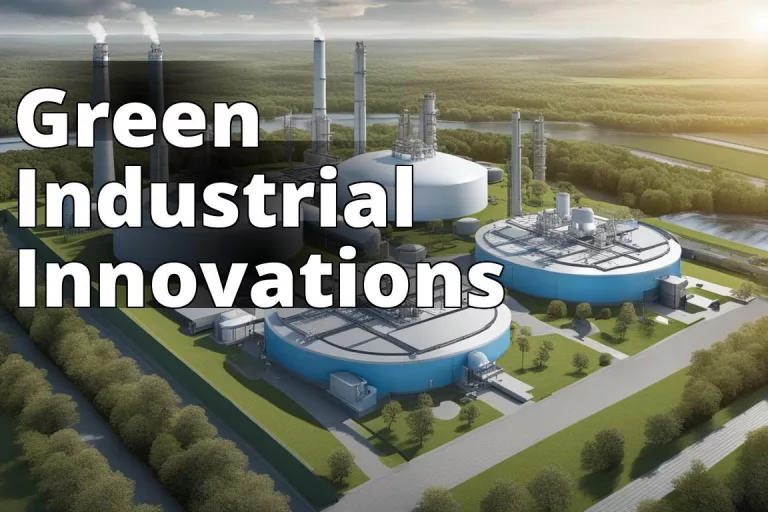In the face of escalating climate change, the industrial sector stands at a crossroads. Historically, it’s been one of the primary culprits behind soaring greenhouse gas emissions. Yet, as we pivot towards a sustainable future, technology emerges not as the villain but as the hero of our environmental narrative. In this exploration, we delve into five groundbreaking technologies that are steering the industrial world towards a greener horizon. This isn’t just about saving the planet; it’s a journey to discover how innovation can transform the very fabric of industrial processes, making them cleaner, more efficient, and, surprisingly, more human.
Learn About Tech for Reducing Industrial Emissions
You will learn: – How carbon capture and storage can reduce emissions. – The use of hydrogen in emission reduction. – The role of policy and regulation in reducing industrial emissions.
1. Carbon capture and storage
Carbon capture and storage (CCS) is not just a buzzword; it’s a beacon of hope. Imagine factories and power plants that operate like gigantic trees, sucking carbon dioxide out of the air and storing it safely away from the atmosphere. That’s CCS in a nutshell. It’s a technology that confronts the carbon problem head-on, capturing emissions at their source and sequestering them underground or using them in other industrial processes.
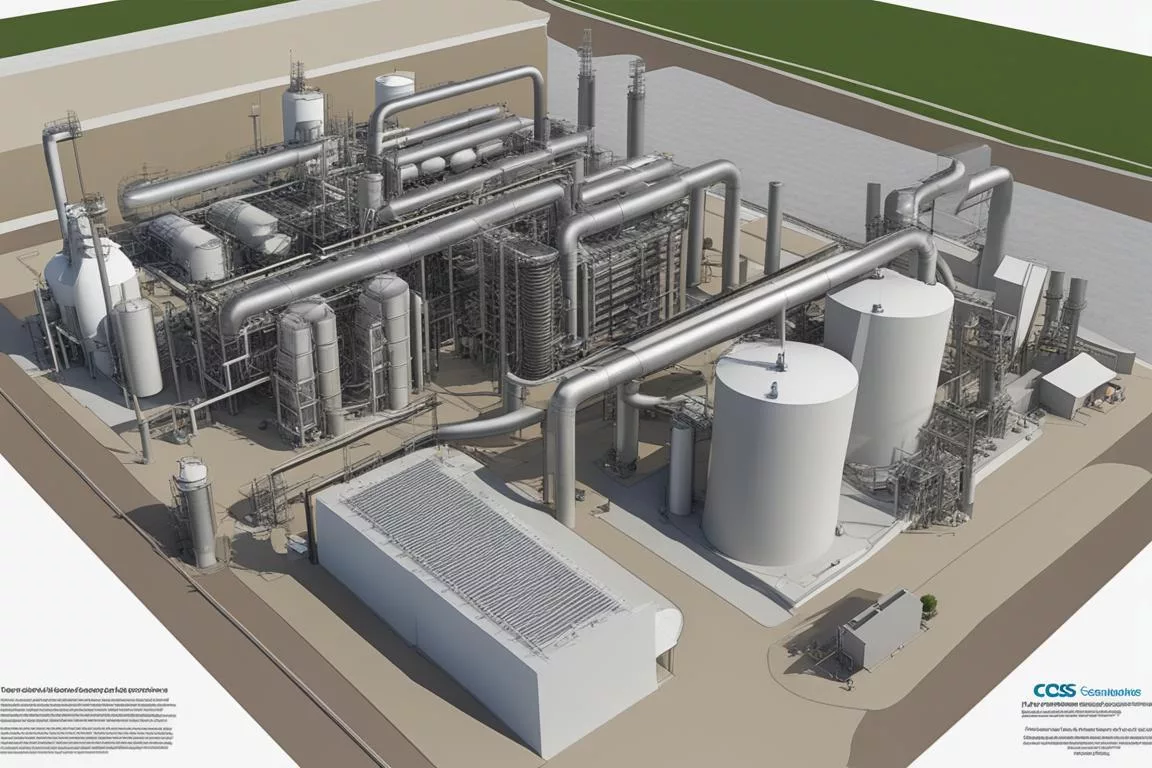
I’ve toured a CCS facility and the sheer scale of it was mind-boggling. Pipes and tanks sprawled across acres, all dedicated to trapping carbon. It was a stark reminder of the ingenuity humans can muster in the face of environmental challenges. But CCS isn’t just about hardware. It’s a symphony of chemistry, engineering, and geology, playing out in real-time to tackle one of the most pressing issues of our age.
Insider Tip: “Always consider the lifecycle of captured carbon. Where it ends up is as important as how you capture it,” a leading CCS engineer once told me. It’s a poignant reminder that in the rush to innovate, we must keep our eyes on the end game: a sustainable planet.
2. Hydrogen
Hydrogen might just be the most exciting word in the green tech lexicon right now. It’s light, abundant, and when used as a fuel, its only byproduct is water. But the true beauty of hydrogen lies in its versatility. It can power everything from cars to factories, and when produced using renewable energy, it represents a clean, circular energy loop.
The first time I witnessed a hydrogen fuel cell in action, powering a small vehicle with nothing but water vapor trailing behind, it felt like watching science fiction become reality. But this is no longer the stuff of novels. Hydrogen is here, and it’s reshaping industries, offering a viable alternative to fossil fuels in sectors where electrification is challenging.
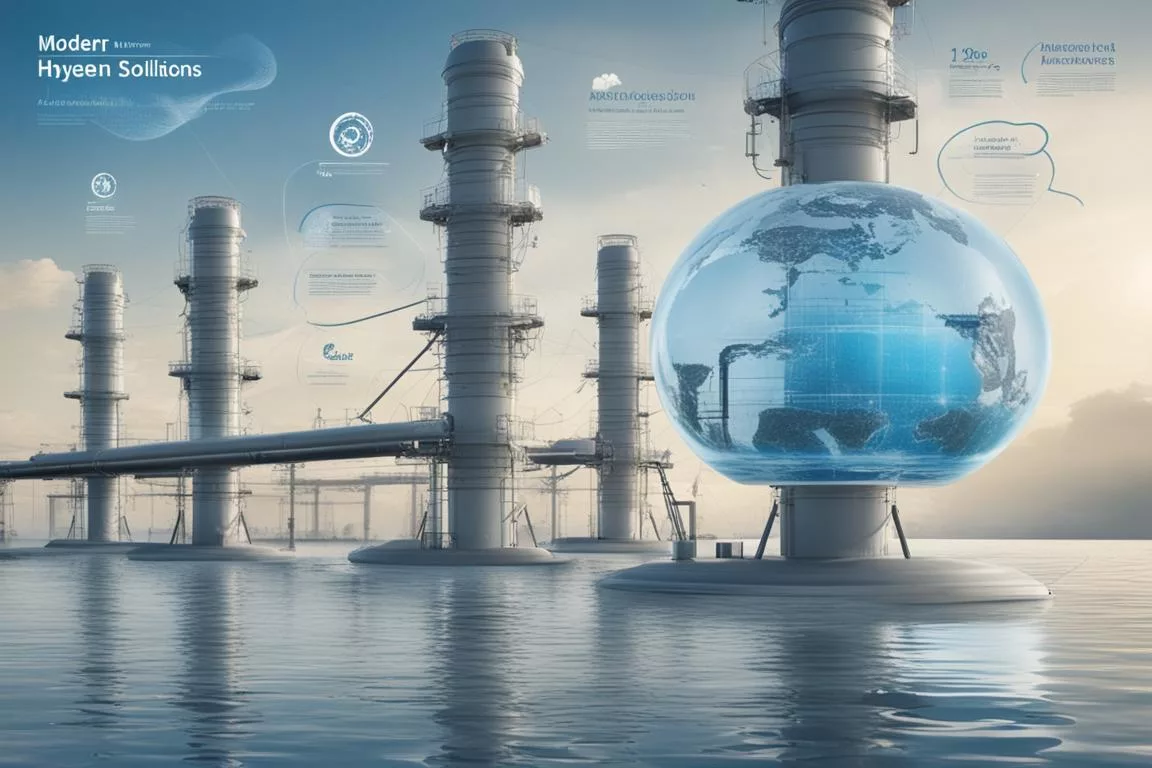
Insider Tip: “Invest in understanding the hydrogen value chain,” an expert in hydrogen energy told me. “From production to storage and distribution, each step offers opportunities for innovation and efficiency.”
3. Industrial electrification
Electrifying industrial processes is akin to swapping an old, gas-guzzling car for a sleek, electric model. It’s about replacing fossil fuel-based energy sources with electricity derived from renewables. This shift not only slashes emissions but often improves the efficiency and control of industrial processes.
I’ve consulted with factories making the switch to electric furnaces and the results are invariably the same: cleaner operations, lower energy bills, and a significant reduction in carbon footprint. It’s a win-win-win scenario that underscores the transformative potential of electrification.
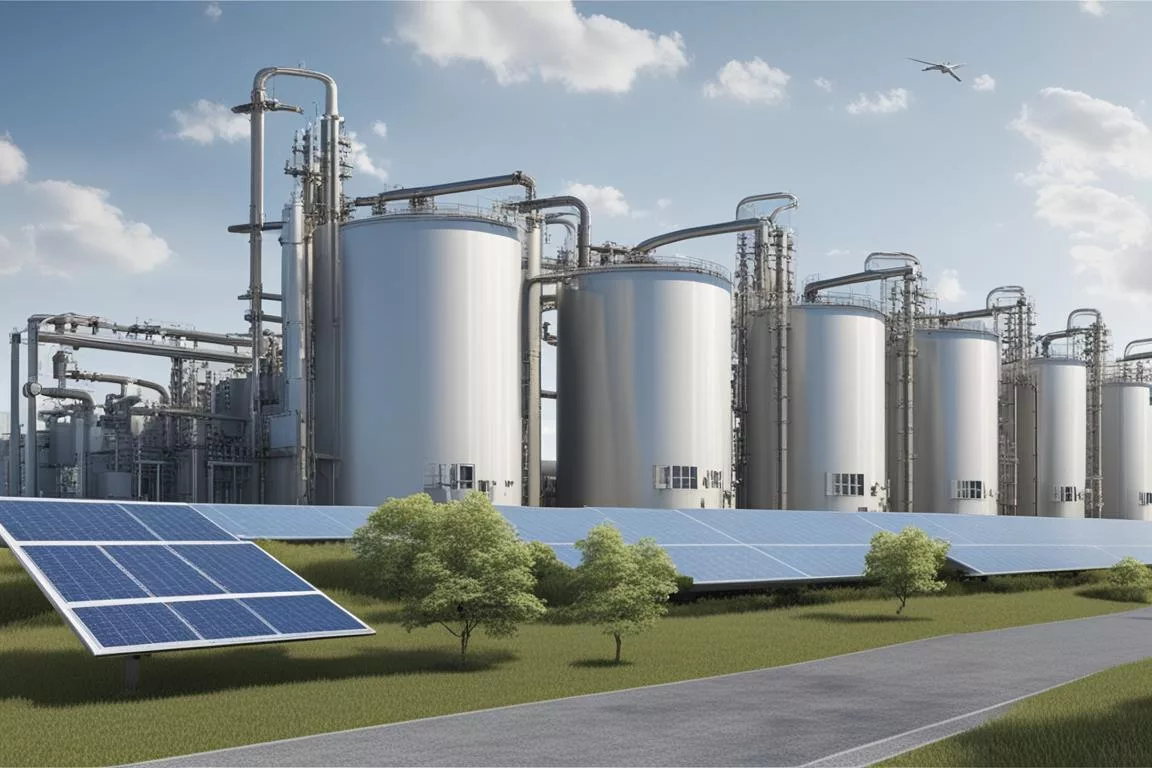
Electrification isn’t just a technological shift; it’s a cultural one. It requires rethinking old habits and embracing new, more sustainable ways of operating. It’s a journey I’ve seen companies undertake, and the destination is well worth the effort.
4. Industrial energy efficiency
Efficiency might not sound as glamorous as some of the other technologies on this list, but it’s the unsung hero of emission reduction. Making industrial processes more efficient means doing more with less: less energy, less material, and ultimately, less carbon.
Simple measures, like improving insulation or optimizing equipment layouts, can yield surprising reductions in energy consumption. But the real game-changer comes from adopting advanced technologies such as AI and machine learning to predict and fine-tune industrial processes for peak efficiency.
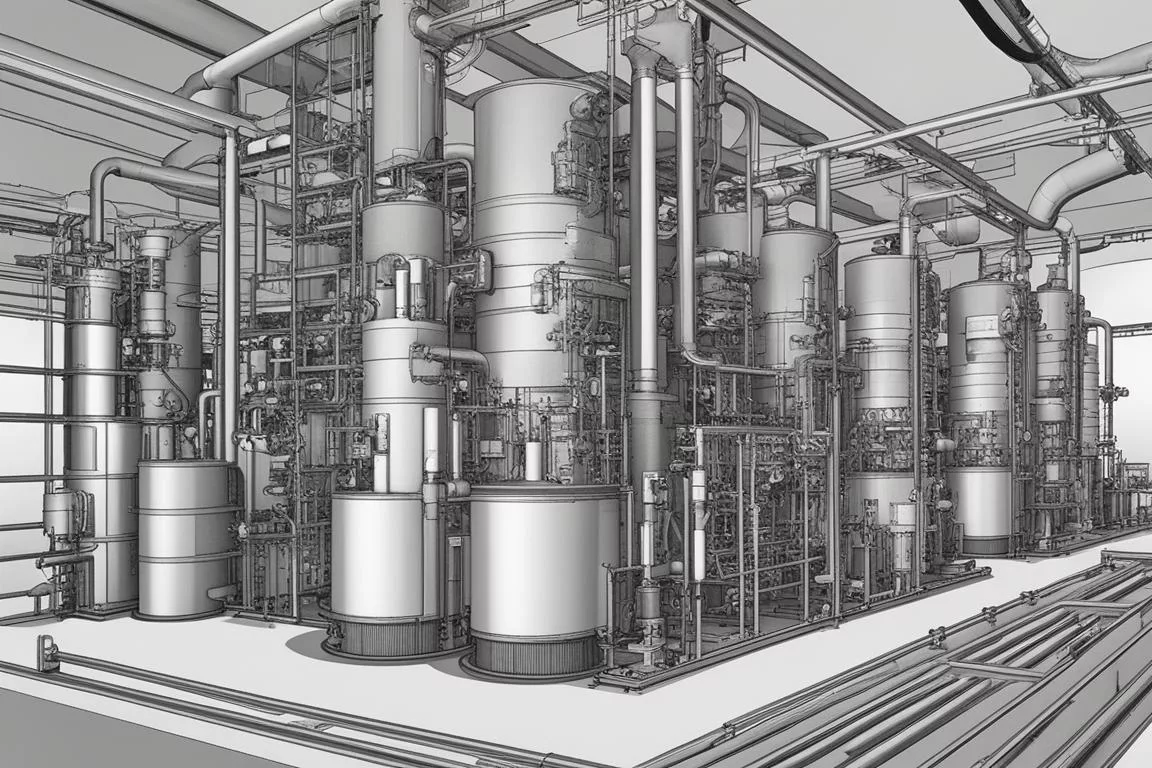
In my experience, companies that prioritize efficiency not only cut emissions but also find themselves at the forefront of innovation, able to adapt and thrive in an increasingly competitive, carbon-constrained world.
Insider Tip: “Don’t overlook the small stuff,” an energy manager once shared with me. “Sometimes, the biggest efficiency gains come from the least expected places.”
5. Digitalisation
Digitalisation is the thread that ties all these technologies together, enabling smarter, more integrated approaches to reducing emissions. It’s about using data and connectivity to drive decisions, optimize processes, and unlock new possibilities for sustainability.
From sensors that monitor and adjust energy use in real-time to platforms that facilitate the trading of renewable energy, digital tools are revolutionizing the way industries approach emission reduction.
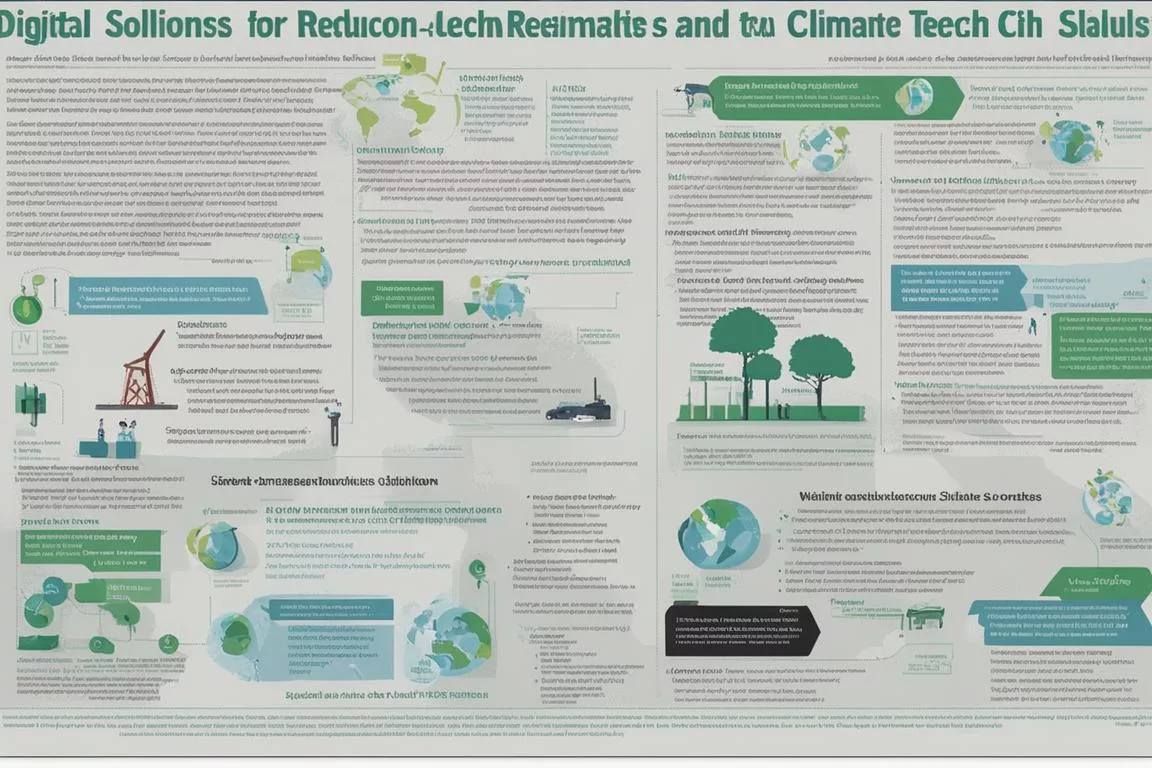
I’ve worked with firms whose digital transformation journeys have not only slashed emissions but also enhanced operational efficiency and resilience. It’s a testament to the power of data in forging a sustainable industrial future.
The role of policy and regulation
While technology provides the means, policy and regulation set the stage for meaningful emission reductions. Progressive policies can incentivize adoption, stimulate innovation, and ensure that the transition to low-carbon technologies is both equitable and effective.
I’ve seen firsthand how the right mix of regulations, incentives, and support can catalyze change across industries, turning ambitious technological solutions into everyday realities. It’s a reminder that in the quest to curb industrial emissions, technology and policy must walk hand in hand.
Insider Tip: “Engage with policymakers,” a veteran of tech-driven environmental advocacy advised me. “Informed, forward-thinking policies are crucial for scaling up technologies that reduce emissions.”
In conclusion, the fight against industrial emissions is daunting, but armed with these five technologies and the right policies, it’s a battle we can win. As we forge ahead, let’s remember that innovation, in all its forms, is our greatest ally. It’s not just about saving the planet; it’s about reimagining our industrial landscape for a cleaner, more sustainable future.
Questions & Answers
Q.Who benefits from tech for reducing industrial emissions?
A.Industries, governments, and the environment benefit from these technologies.
Q.What are some examples of tech for reducing industrial emissions?
A.Examples include carbon capture and storage, emissions monitoring systems, and industrial energy efficiency technologies.
Q.How does tech help in reducing industrial emissions?
A.Technology helps by capturing and storing emissions, improving energy efficiency, and monitoring pollution levels.
Q.Isn’t reducing industrial emissions costly for businesses?
A.Initially, there may be costs, but long-term benefits include energy savings and environmental gains.
Q.Who is responsible for implementing tech for reducing industrial emissions?
A.Industries, governments, and environmental agencies all play a role in implementing these technologies.
Q.What role does innovation play in reducing industrial emissions?
A.Innovation drives the development of new technologies that can help industries reduce their emissions and environmental impact.
